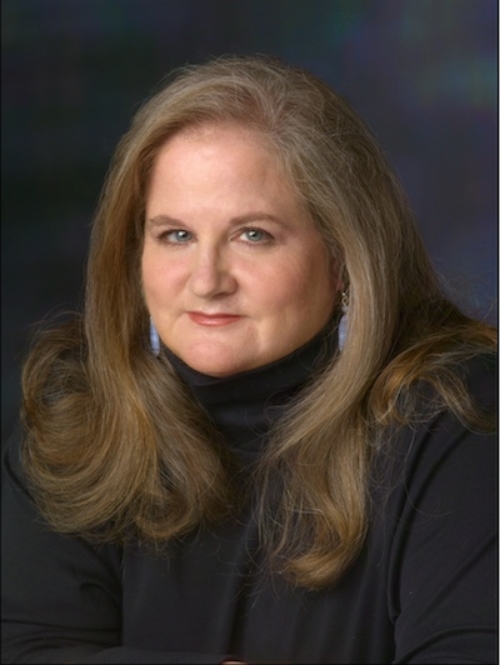Last night I received a book I've been waiting for since September: Dragonflies and Damselflies of the East by Dennis Paulson (Princeton Field Guide). When I walked what is now my land for the first time, I saw birds flying to and fro, and then I saw a dragonfly. If I'm going to be co-habiting the land with him (or her), I'd like to know his name.
Everything has a name. I'm not sure that I really appreciated this until a couple of years ago, when I was walking on Broadway, looked--really looked--at a bird moving around on the sidewalk, and asked myself: "I wonder what kind of bird that is?" (A European starling, as it turned out.) I remember that it seemed like a very important question, one that I had to get an answer to. Finding the answer changed my life, because it changed the way I thought about the world.
Birds, butterflies, bugs, moths, flowers--they all have names. The field guide gives the names of 336 damselflies and dragonflies. 336! Sweetflag Spreadwing, Ruby Meadowhawk, Calico Pennant--the world resounds with the poetry of identity. We're too separate from the natural world--mesmerized by the screens of our electronic devices instead of sunsets--and I cannot help but think that if we knew the names of more of the living creatures we share the Earth with we might be more careful about how we treat it and them.
When I was originally dreaming about my house, I yearned to plant roses, lilacs and peonies. But after spending a couple of hours on my land last fall, I want to enhance what is already there. There are wetlands on the property, some stream frontage, and the pine grove. These are the things that give the land the spirit of place that drew me to it.
I want to learn the names of all the trees, birds, plants and dragonflies on my property. Then, if my youngest cousins come to visit, I want to tell them, "Do you know that everything has a name? You can spend your whole life learning them. Look! Let's start with that dragonfly, over there."

